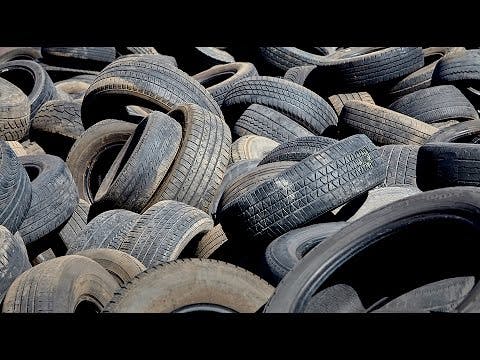Non-biodegradable tires have been on environmentalists’ blacklist for decades. According to the Rubber Manufacturers Association, nearly 270 million tires were discarded in the U.S. in 2013 — more than one tire per adult living in the country. More than half go on to become tire-derived fuel — shredded scrap tires that get mixed with coal […]

Non-biodegradable tires have been on environmentalists’ blacklist for decades. According to the Rubber Manufacturers Association, nearly 270 million tires were discarded in the U.S. in 2013 — more than one tire per adult living in the country. More than half go on to become tire-derived fuel — shredded scrap tires that get mixed with coal and other materials to help power cement kilns, pulp and paper mills and other plants. But environmentalists are concerned that the emissions from this practice could be adding harmful pollutants to the air. One potential solution could be to replace conventional tire materials with a new synthetic rubber that could easily degrade back to its chemical building blocks and reused in new tires and other products.
In this video, Antisar Hlil of Texas A&M University at Qatar explain efforts to use biodegradable synthetic rubber in tires:
